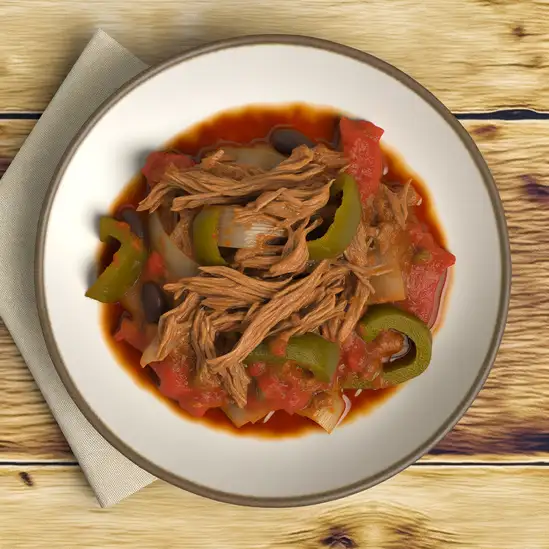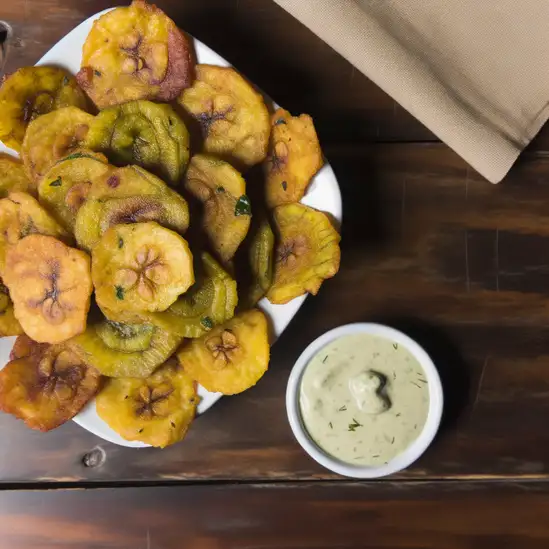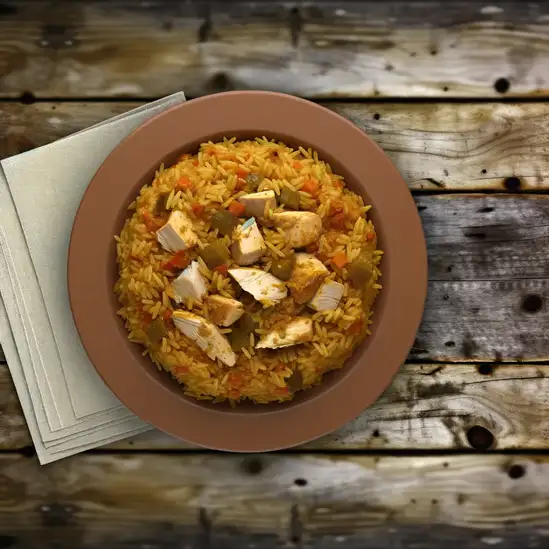



If you ever find yourself wandering through Cuba,don’t miss the chance to soak in the charm of Municipio de Cienfuegos. There’s this unmistakable rhythm to the city—a laid-back elegance that feels like a warm embrace. As you stroll along the waterfront,the gentle sea breeze carries the salty tang of the ocean mixed with the sweet scent of tropical flowers. The pastel-colored colonial buildings,with their intricate balconies and sun-washed facades,seem to hum stories of a rich past,inviting you to slow down and listen. The heart of Cienfuegos pulses in its plazas and cafes,where locals gather over strong coffee or a refreshing mojito. You’ll hear the lively strum of guitars and the soft murmur of Spanish conversations blending with the distant call of seagulls. The city’s French influence gives it a unique flair—there’s a certain sophistication in the architecture and the way people carry themselves,but it’s never stuffy. Instead,it feels genuine,warm,and welcoming. What really stays with you is the way Cienfuegos balances history and everyday life. Whether you’re exploring the Teatro Tomás Terry,catching a sunset by the bay,or savoring fresh seafood at a seaside paladar,there’s a sense of timelessness here. It’s a place where the past and present dance together,and you can’t help but feel part of the story. Trust me,Cienfuegos isn’t just a stop on your trip—it’s a feeling you’ll want to carry with you long after you leave.
The information on this page is currently being reviewed by Tripkliq and should be used as a guide only
Eng word: Hello
Eng pronunciation: OH-lah
Local language: Hola
Eng word: Goodbye
Eng pronunciation: ah-DYOS
Local language: Adiós
Eng word: Thank you
Eng pronunciation: GRAH-syahs
Local language: Gracias
Eng word: How much
Eng pronunciation: KWAN-toh KWEH-stah
Local language: ¿Cuánto cuesta?
Eng word: Toilet
Eng pronunciation: BAH-nyoh
Local language: Baño
Eng word: Help me
Eng pronunciation: ah-YOO-dah-meh
Local language: Ayúdame
Eng word: Yes
Eng pronunciation: SEE
Local language: Sí
Eng word: No
Eng pronunciation: NO
Local language: No
Eng word: Excuse me
Eng pronunciation: pehr-DOHN
Local language: Perdón
Cienfuegos, known as the 'Pearl of the South,' was officially founded on April 22,1819, by French settlers led by Don Luis de Clouet. Its French heritage is reflected in the city's architecture and layout.
The historic center of Cienfuegos was declared a UNESCO World Heritage Site in 2005 for its well-preserved 19th-century urban planning and neoclassical architecture.
José Martí Park, the central square of Cienfuegos, is a historical and cultural hub. It is surrounded by iconic buildings like the Tomás Terry Theater and the Cathedral of Our Lady of the Immaculate Conception.
Built between 1887 and 1889, the Tomás Terry Theater is a stunning example of 19th-century Cuban architecture. It is named after a wealthy Venezuelan industrialist who funded its construction.
The Palacio de Valle, built in 1917, is a magnificent architectural gem blending Gothic, Moorish, and Venetian styles. It was originally a private residence and is now a popular tourist attraction.
Cienfuegos is located on the shores of a beautiful natural bay, which has been a vital part of the city's history as a port and trade center since its founding.
Cienfuegos is home to Cuba's only Arco de Triunfo (Triumphal Arch), located in José Martí Park. It was built in 1902 to commemorate Cuban independence.
The Ferrer Palace, built in 1918, is a stunning example of eclectic architecture. Its rooftop offers breathtaking views of the city and the bay, making it a favorite spot for visitors.
Established in 1901, the Cienfuegos Botanical Garden is one of the oldest in the Americas. It features over 2,000 plant species and is a serene escape for nature lovers.
In Municipio de Cienfuegos, the most common Power Adaptor is Type A, Type B.



A traditional Cuban dish made of shredded beef cooked in a tomato-based sauce with onions, bell peppers, and spices, often served with rice and black beans.

Twice-fried green plantains that are crispy on the outside and soft on the inside, commonly served as a snack or side dish.

A classic Cuban dish consisting of rice cooked with chicken, vegetables, and saffron, giving it a vibrant yellow color and rich flavor.

A popular Cuban dessert, flan is a creamy caramel custard that is smooth and sweet, often enjoyed as a finishing touch to a meal.

Boiled cassava root served with a garlicky citrus sauce called mojo, often enjoyed as a side dish.

A dish of black beans and white rice cooked together, symbolizing the historical coexistence of different cultures in Cuba.

Marinated and pan-fried flank steak that is typically served with onions and lime, accompanied by rice and black beans.
Imagine stepping into a place where time seems to slow down,yet every corner buzzes with life—that’s Havana. The city greets you with a warm,sun-soaked embrace,where pastel-colored buildings wear their peeling paint like badges of history. Walking through its streets,you’ll hear the soulful strum of a guitar mingling with the distant chatter of locals sharing stories over strong Cuban coffee. The air carries a mix of salty sea breeze,sweet tobacco,and the faint aroma of frying plantains from street vendors.
Havana’s character is a beautiful blend of resilience and celebration. Classic American cars,polished to a shine,cruise alongside vintage bicycles,creating a moving museum of the past. The city pulses with music—whether it’s the lively beats spilling out of a neighborhood bar or the soft rhythms of a late-night jazz club. People here have a way of making you feel like you belong,inviting you to dance,laugh,and savor life’s simple pleasures.
Don’t miss the chance to sip a perfectly crafted mojito in a sunlit plaza,watching the world drift by. Taste the rich,smoky flavors of Cuban cuisine,from ropa vieja to fresh seafood caught that morning. Havana isn’t just a place to visit; it’s a place to feel alive,to soak in stories etched into every brick and smile. Trust me,once you’ve wandered its vibrant streets,Havana’s spirit stays with you long after you leave.
Imagine stepping into a place where the sun kisses your skin and the ocean breeze carries the scent of salt and tropical blooms—welcome to Varadero,Cuba. This isn’t just a beach town; it’s a vibrant stretch of life where turquoise waters lap against powdery white sands,inviting you to slow down and soak it all in. The rhythm of the waves blends with the distant hum of salsa music drifting from open-air cafes,creating a soundtrack that feels both lively and laid-back.
Walking through Varadero,you’ll notice the colorful buildings with their faded pastel hues,each telling stories of a rich Cuban heritage. Locals greet you with warm smiles and a friendly “¡Hola!” as they go about their day,whether it’s selling fresh mangoes or crafting handmade cigars. The air is thick with the aroma of grilled seafood and sweet tropical fruits,tempting you to try a plate of ropa vieja or sip on a perfectly mixed mojito while watching the sun dip below the horizon.
What makes Varadero truly special is its blend of natural beauty and genuine Cuban spirit. It’s a place where you can lounge under swaying palms,dive into crystal-clear waters teeming with colorful fish,and then wander into town to experience the lively markets and vibrant street life. It’s not just a destination; it’s a feeling—a warm embrace of culture,nature,and simple pleasures that stays with you long after you leave.
If you ever find yourself wandering through Cuba,you absolutely have to spend some time in Municipio de Trinidad. The moment you step onto its cobblestone streets,there’s this warm,timeless energy that wraps around you like a familiar song. The pastel-colored colonial buildings,with their wrought-iron balconies and blooming bougainvillea,create a picture-perfect scene that feels like stepping back into the 18th century—but with a lively,modern heartbeat. You’ll hear the distant strum of guitars and the rhythmic pulse of salsa spilling out from cozy cafés,blending with the chatter of locals and the occasional clip-clop of horse-drawn carriages.
The air carries a mix of scents:freshly brewed Cuban coffee,sweet tropical fruits,and the salty hint of the nearby sea. Walking through the plazas,you can’t help but be drawn into the vibrant street life—artists sketching portraits,vendors selling hand-rolled cigars,and the laughter of children playing under the shade of ancient trees. There’s a genuine warmth in the people here; they’re proud of their heritage and eager to share stories about the city’s rich history and culture.
What makes Trinidad truly special is how it balances its past and present. You can explore museums and colonial mansions one moment,then lose yourself in the lively rhythms of a local music night the next. It’s a place where every corner invites you to slow down,soak in the atmosphere,and savor the simple joys of Cuban life. Trust me,once you’ve experienced Trinidad,it stays with you long after you leave.
If you want to feel the heartbeat of Cuba in a way that’s raw,vibrant,and deeply soulful,Santiago de Cuba is where you need to be. This city pulses with a rhythm all its own—music spills out from every corner,from the lively streets to the cozy,dimly lit bars where locals dance with effortless joy. The air carries a mix of salty sea breeze,rich coffee,and the faint,sweet scent of tropical flowers,wrapping you in a warm embrace the moment you arrive.
Walking through Santiago feels like stepping into a living storybook. The colorful colonial buildings,weathered but proud,lean into narrow streets buzzing with chatter and laughter. You’ll hear the clatter of dominoes,the strum of guitars,and the call of street vendors selling fresh mangoes and spicy,smoky street food that tingles your taste buds. There’s a laid-back energy here,a sense of community that invites you to slow down and soak it all in.
What makes Santiago truly unforgettable is its spirit—a blend of Afro-Cuban traditions,revolutionary history,and a passion for life that’s impossible to ignore. Whether you’re exploring the Castillo del Morro overlooking the bay or joining a spontaneous street party,you’ll find yourself swept up in a city that celebrates resilience,music,and warmth. It’s not just a place to visit; it’s a place that stays with you long after you’ve left.
If you find yourself wandering through Cuba,Camagüey is a city that wraps you in its slow,rhythmic heartbeat the moment you arrive. Unlike the bustling tourist spots,here the streets twist and turn like a labyrinth,inviting you to get a little lost and discover unexpected courtyards,colorful colonial buildings,and lively plazas where locals gather. There’s a gentle hum of life—children’s laughter,the clatter of horse-drawn carriages,and the distant strum of a guitar—that feels both timeless and alive.
Walking through Camagüey,you’ll notice the scent of fresh coffee mingling with the earthy aroma of rain on cobblestones. The city’s character is deeply rooted in its art and culture; murals splash vibrant stories across walls,and small galleries showcase the work of passionate local artists. Stop by a café and sip on a rich,dark espresso while watching the world drift by,or grab a plate of ropa vieja that tastes like it’s been simmered with love for hours.
What makes Camagüey truly special is its warmth—the people here are open and curious,eager to share their stories and traditions. Whether you’re chatting with a street vendor or joining a spontaneous dance in a plaza,you’ll feel like you’re part of something genuine. It’s a city that doesn’t rush you,but instead invites you to slow down,breathe in its history,and savor the simple,beautiful moments that make travel unforgettable.
If you ever find yourself craving a place where time seems to slow down and the air hums with a gentle rhythm,Baracoa is that kind of spot. Nestled on Cuba’s eastern tip,this town feels like stepping into a living postcard—lush green mountains cradle the colorful colonial buildings,and the scent of tropical flowers mingles with the salty breeze from the nearby sea. Walking through its narrow streets,you’ll hear the soft chatter of locals,the distant strum of a guitar,and the occasional splash from the river that runs through town.
Baracoa’s charm isn’t just in its scenery but in its soul. It’s a place where Afro-Cuban traditions pulse through the vibrant markets,and the food tells stories of the land—imagine biting into a fresh coconut or savoring the rich,earthy flavors of local chocolate,made from cacao grown right in the surrounding hills. The city’s pace invites you to linger,to sip on a cup of strong Cuban coffee while watching fishermen haul in their catch or children playing by the waterfront.
What really sets Baracoa apart is its blend of nature and culture. You can hike through dense rainforests,discover hidden waterfalls,and then return to town to enjoy a lively conversation with a friendly local over a plate of ‘bocadillo’ (guava paste) and cheese. It’s a place that feels both untouched and warmly welcoming,where every corner holds a story waiting to be shared.
Tourists may be offered to exchange money on the street at a better rate, but they often receive outdated or counterfeit Cuban pesos.
Scammers may claim to be collecting money for schools or hospitals, but the funds are pocketed instead.
Vendors may sell counterfeit cigars claiming they are authentic Cuban cigars, often at inflated prices.
Individuals may pose as official tour guides and charge tourists for subpar or unnecessary services.
Some establishments may inflate prices for tourists or add hidden charges to the bill.
Vendors may sell souvenirs at inflated prices, especially in tourist-heavy areas, targeting those unfamiliar with local pricing.
Some locals may approach tourists with emotional stories to solicit money, which may not be genuine.
Taxi drivers may not use meters and charge tourists significantly higher fares than locals.
The use, possession, and trafficking of drugs are strictly illegal in Cuba, including Cienfuegos. The Cuban government enforces a zero-tolerance policy on drugs, and penalties can be severe, including imprisonment. Tourists should avoid any involvement with illegal substances to avoid legal consequences.
In Cienfuegos, Cuba, smoking is generally allowed in public spaces, including outdoor areas, restaurants, and bars. However, smoking is prohibited in enclosed public spaces such as government buildings, hospitals, schools, and public transportation. Tourists should be mindful of designated non-smoking areas and respect local customs.
Vaping is not widely regulated in Cuba, including Cienfuegos. While there are no specific laws prohibiting vaping in public spaces, it is recommended to follow the same guidelines as smoking. Tourists should exercise discretion and avoid vaping in enclosed spaces or areas where smoking is prohibited.
What are other people saying about Municipio de Cienfuegos?
Recent Social posts about Municipio de Cienfuegos
There is nothing to show you for now.